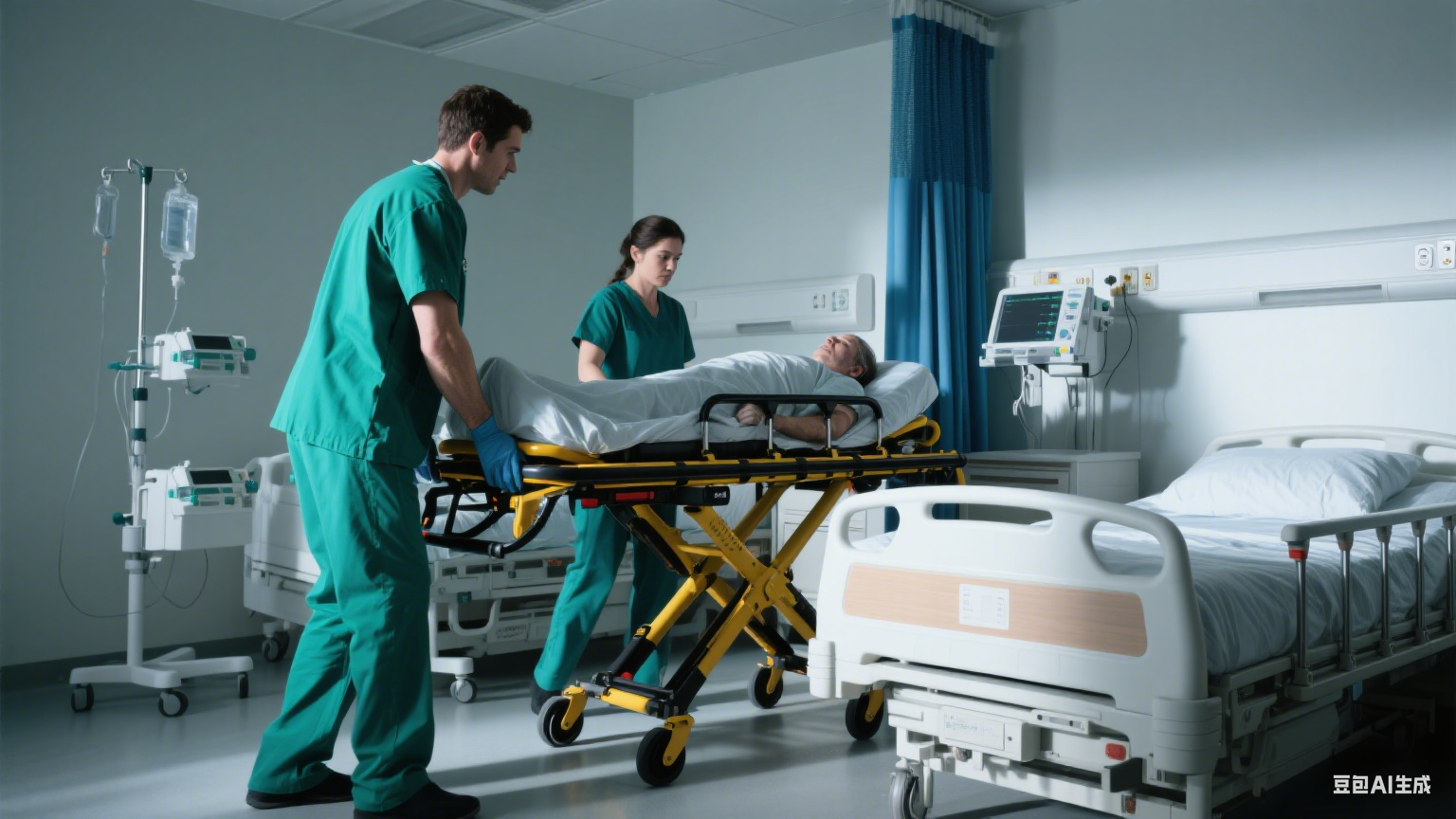In the healthcare industry, stretchers are critical medical equipment that directly impact patient safety, staff efficiency, and hospital workflow. As hospitals prioritize advanced, reliable, and adaptable solutions, Original Equipment Manufacturers (OEMs) specializing in monitored stretchers have become key partners for healthcare providers. This article explores the top five OEMs in the monitored stretchers market and the features hospitals prioritize when selecting these life-saving tools.
1. Safety and Stability: A Non-Negotiable Standard
Hospitals demand stretchers that ensure patient and staff safety during transport and treatment. Top OEMs focus on integrating robust safety mechanisms, such as anti-tip designs, secure locking systems, and weight capacity exceeding 1,000 pounds. For instance, leading manufacturers like Medline and Stryker incorporate reinforced aluminum frames and non-slip surfaces to minimize risks during emergencies. Hospitals also prioritize low-deck designs to reduce fall risks, a feature pioneered by companies like Hill-Rom in collaboration with OEM partners.
2. Ergonomic Design for Healthcare Workers
Musculoskeletal injuries among healthcare staff are a significant concern, driving demand for stretchers with ergonomic adjustments. OEMs like BD (Becton, Dickinson and Company) and Getinge offer height-adjustable bases and powered lifting systems to reduce manual lifting. These features align with Occupational Safety and Health Administration (OSHA) guidelines, ensuring compliance while protecting staff from strain. Hospitals also prefer stretchers with 360-degree swivel wheels and centralized braking, enabling smooth maneuverability in crowded environments.
3. Integration with Monitoring Technology
Modern monitored stretchers are designed to seamlessly integrate with patient monitoring systems, such as ECG, SpO2, and blood pressure devices. OEMs like Welch Allyn (a Philips subsidiary) and Olympus develop stretchers with embedded sensors and wireless connectivity, allowing real-time data transmission to hospital networks. This integration is critical for critical care units, where uninterrupted monitoring during transport can be lifesaving. Hospitals favor modular designs that allow easy attachment or removal of monitoring modules based on patient needs.

4. Durability and Infection Control
High patient turnover in hospitals necessitates stretchers that withstand frequent use and rigorous cleaning protocols. Top OEMs use antimicrobial materials, corrosion-resistant coatings, and waterproof upholstery to meet infection control standards. For example, companies like Mölnlycke Health Care design stretchers with seamless surfaces and fluid-resistant barriers to prevent cross-contamination. Hospitals also prioritize easy-to-clean components, such as removable mattress covers and non-porous frames, which align with CDC guidelines for infection prevention.
5. Customization and Scalability
Hospitals operate in diverse environments, from rural clinics to large trauma centers, requiring OEMs to offer customizable solutions. Leading manufacturers like Drägerwerk AG & Co. KG provide stretchers with adjustable length, modular accessories (e.g., IV poles, oxygen tanks), and compatibility with imaging equipment. Scalability is another key factor: OEMs design stretchers that can be upgraded with new technologies or repurposed for specialized units (e.g., bariatric or neonatal care). This flexibility ensures hospitals can adapt to evolving clinical demands without frequent equipment replacements.
Why Hospitals Partner with Top OEMs
The top monitored stretchers OEMs combine innovation, compliance, and reliability to meet hospital needs. By prioritizing safety, ergonomics, technological integration, durability, and customization, these manufacturers address the dual challenges of patient care and operational efficiency. Additionally, OEMs offer comprehensive support, including compliance certifications (e.g., ISO 13485, FDA approval), lifecycle management, and cost-effective bulk production.
As healthcare continues to evolve, hospitals increasingly rely on OEM partnerships to access cutting-edge solutions tailored to their unique requirements. The focus on monitored stretchers reflects a broader trend toward smarter, safer, and more adaptable medical equipment.
References
-
Frost & Sullivan. (2023). Global Medical Equipment Market Trends. -
World Health Organization. (2022). Guidelines for Safe Patient Handling. -
U.S. Food and Drug Administration. (2021). Medical Device Standards and Compliance. -
Centers for Disease Control and Prevention. (2020). Infection Control in Healthcare Settings.”